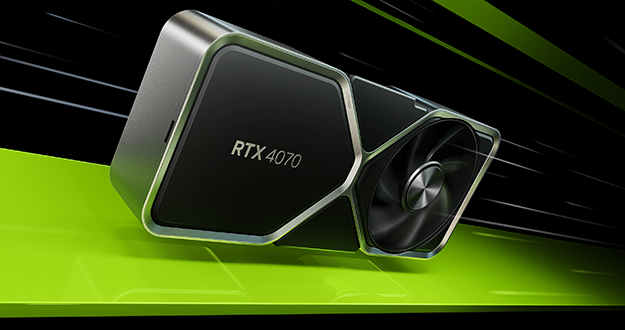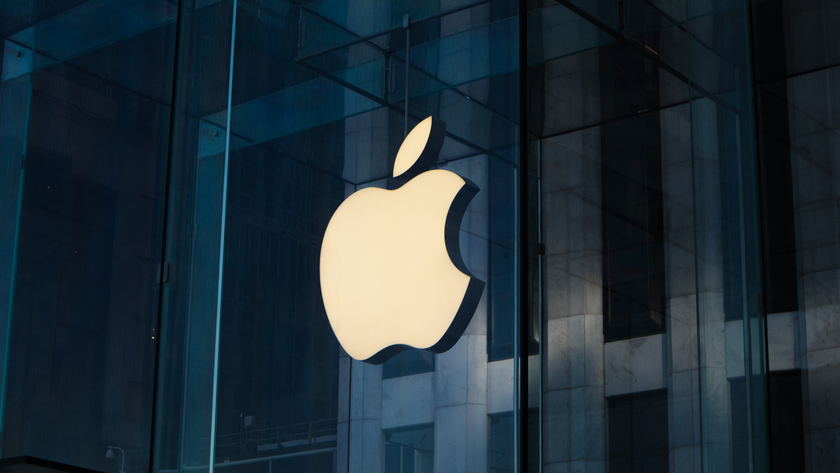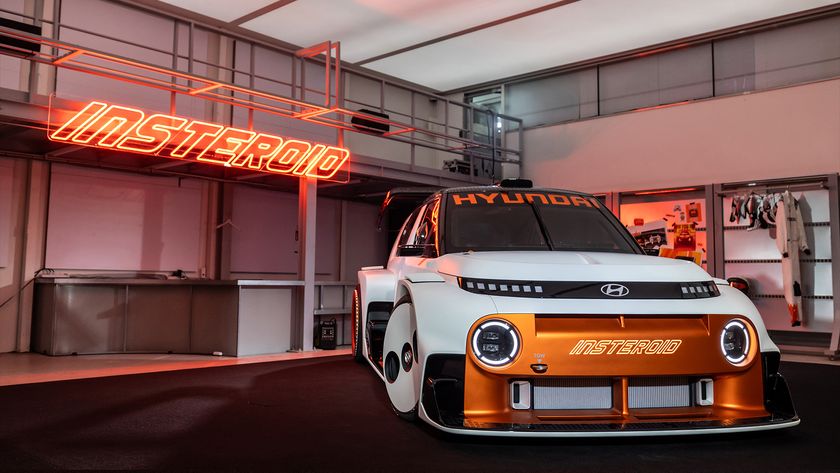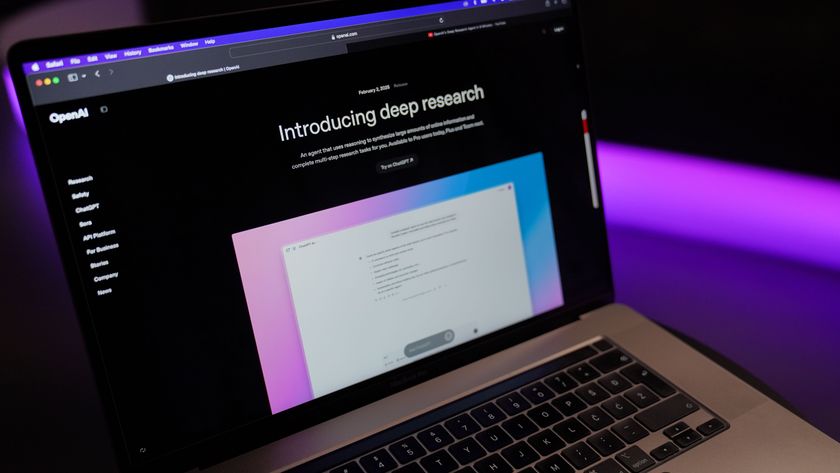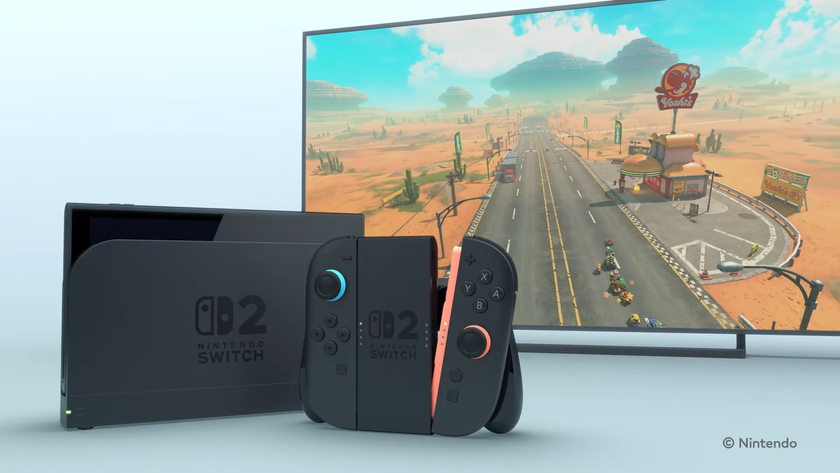The hottest PC technology for 2010
New processors, graphics cards and more revealed
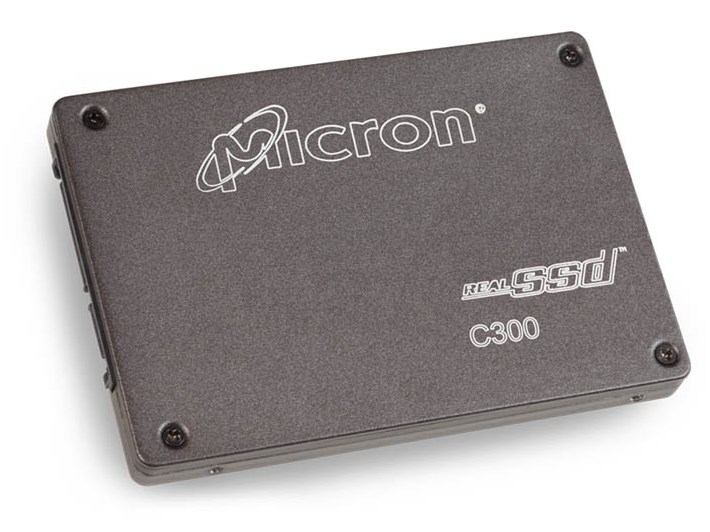
Another glorious year in tech is coming to a close.
As ever, the PC got faster, better and often cheaper in 2009.
But as one chip engineer said to another, nostalgia ain't what it used to be.
Instead of looking back, therefore, allow us to regale you with the likely highlights for the personal computer in 2010.
Processors
Early 2010 for Intel will be all about rolling out its new 32nm revision of the Nehalem architecture. Known as Westmere, the first installment of this new family of 32nm processors will be Clarkdale, a superficially unassuming dual-core CPU to be flogged under the Core i3 and Core i5 brands.
However, by virtue of being the first PC processor to combine both a CPU and graphics in a single package, Clarkdale is much more interesting than your average budget chip. Rest assured, we'll be running Clarkdale through its paces early in the new year, so keep your scanners peeled.
Get daily insight, inspiration and deals in your inbox
Sign up for breaking news, reviews, opinion, top tech deals, and more.
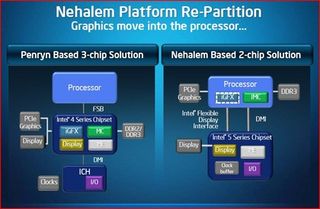
Indeed, we'll be taking a particular interest in the graphics half of the Clarkdale equation – especially in the context of Intel's recent decision to put the high performance Larrabee graphics architecture on ice. For the foreseeable future, in other words, traditional integrated graphics is all Intel will offer.
For performance enthusiasts, of course, the six-core Gulftown processor will be the 32nm Westmere chip of choice. Almost certainly on sale before summer, Gulftown will go under the Core i9 brand. Tests of early engineering samples suggest it's a killer – every bit as overclockable as Intel's existing quad-core beasties.
As if that wasn't enough, Intel has a brand new architecture penciled in for the fag end of 2010. Relatively little is known of Sandy Bridge. But what we can say is that is will be based on 32nm technology and pack Intel's 256-bit AVX addition to the existing 128-bit SSE instruction set. It should be a bit of a floating point beast, then.
But what of AMD? In architectural terms 2010 will be a year of making do. The much-needed Bulldozer core doesn't arrive until 2011. Indeed, AMD's CPU-GPU fusion chip, otherwise known as the Accelerated Processing Unit (APU), isn't due until 2011, either.
In the meantime, AMD will keep things interesting with a new family of chips known as Thuban. Essentially a minor revision of existing Phenom II CPUs, the big news will be a six-core variant. Given AMD's current performance shortfall, pricing should be keen. A sub £200 six-core chip by next summer? Very likely.
Right at the end of 2010, it's just possible AMD's 32nm processors could begin to come on line. The result will be higher clocks, lower prices and better power consumption.
Graphics
2010 was supposed to be the year Intel crashed the graphics party with its many-cores Larrabee chip. So much for that idea. With Larrabee a goner for at least a few years, next year will revert to form with the usual fisticuffs twixt AMD and NVIDIA.
First out of the blocks will be NVIDIA with the mother of all GPUs. Currently codenamed Fermi, it's the most complex chip ever mooted for the PC thanks to no less than 3bn transistors.
It's also likely to be the most powerful single GPU ever, eclipsing AMD's mighty Radeon HD 5870. Whether it can show AMD's dual-chip 5970 a clean pair, however, is another question.
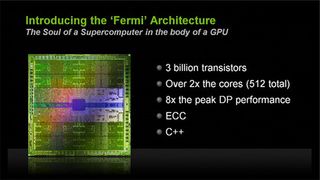
Still, Fermi is about more than pixel pushing. It boasts significantly more dedicated general processing resources than any previous graphics architecture. By some measures, it will have 10 times the processing power of any existing Nvidia chip. Staggering.
The year in graphics for AMD will once again be one of consolidation, but in this case, from a position of strength. Early doors, don't expect too much. After all, the Radeon HD 5800 series is currently the best you buy.
As the months tick by, expect to see a tweaked version of the mighty Cypress chip with increased clockspeeds. An all new GPU of as yet unknown majesty and pixel pumping prowess – call it the Radeon HD 6800 series - is an outside chance for the last few months of the year.
Oh, and don't forget. Thanks to the arrival of the Compute Shader in DirectX 11, the increasing availability of DX11 graphics chips in 2010 should make it the year that general purpose processing on the GPU (GPGPU) finally delivers on its promise of immense parallel processing power.
Technology and cars. Increasingly the twain shall meet. Which is handy, because Jeremy (Twitter) is addicted to both. Long-time tech journalist, former editor of iCar magazine and incumbent car guru for T3 magazine, Jeremy reckons in-car technology is about to go thermonuclear. No, not exploding cars. That would be silly. And dangerous. But rather an explosive period of unprecedented innovation. Enjoy the ride.
